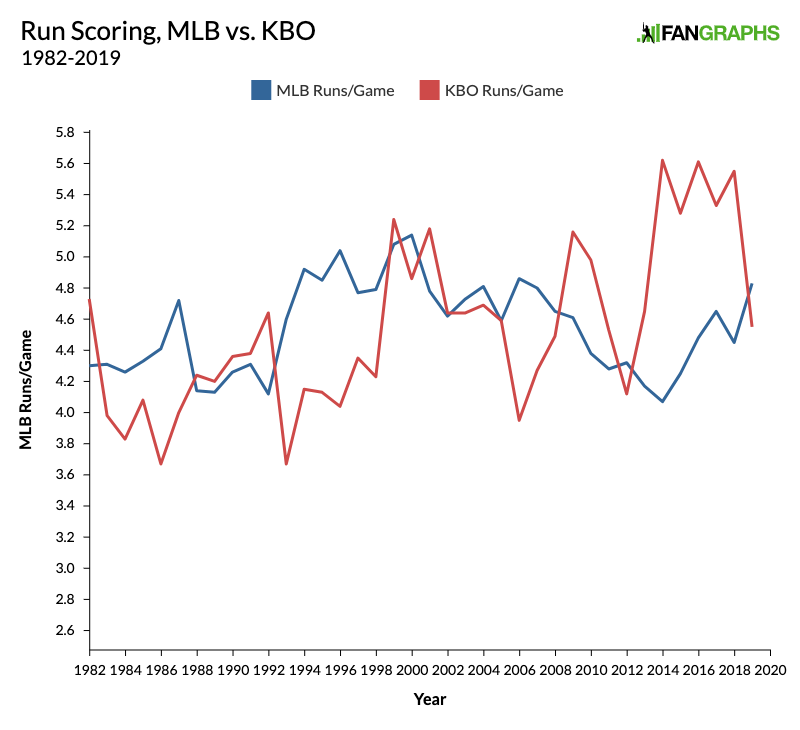Ah-Seop Son Sure Does Walk a Lot
After the initial sugar rush of watching live KBO baseball faded, I’ve settled into a comfortable routine. While I work and relax throughout the day, I’ll watch some KBO action from the night before, either the English language feature game or a Twitch rebroadcast in Korean. In that way, I soak in the atmosphere of baseball almost by osmosis, sometimes focusing closely on a play but sometimes just listening to the sound of it.
At some point, however, I started to get a sense of déjà vu. Hey, that Ah-Seop Son guy is on base again. Hey, did he walk? That was a nice at-bat there, but haven’t I seen this before? It turns out that yeah, that was the case. Through 61 plate appearances in 2020, Son has drawn 14 walks. That’s a cool 23% walk rate. I wasn’t just imagining things — 14 games, 14 walks. He truly is just walking all the time.
Some quick backup before we cover what’s going on this season: Son has been a mainstay in the Giants lineup for the last decade. Since 2010, his worst wRC+ was a 112 showing in 2019, with a 151 wRC+ effort in 2014 his best overall year. For the most part, he’s been a metronomic presence at the top of the lineup, as his career stats attest — he’s a career .323/.395/.471 hitter, which works out to a 134 wRC+. That’s something like career Will Clark — relative to a weaker competition level, of course.
That career .401 OBP says a lot about his on-base prowess, and indeed, Son’s career walk rate is a robust 11.3%. He’s never been much of a slugger, but the combination of gap power, 20-homer pop at his (and the league offensive environment’s) peak, and an all-fields, line-drive approach have made opposing pitchers careful around the plate, and he’s been willing to take his walks. Read the rest of this entry »


